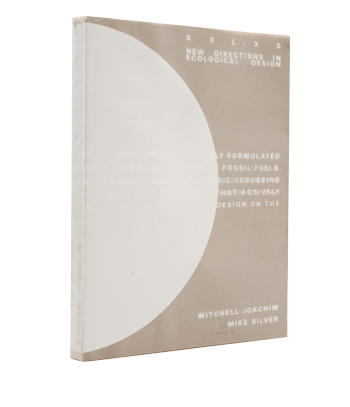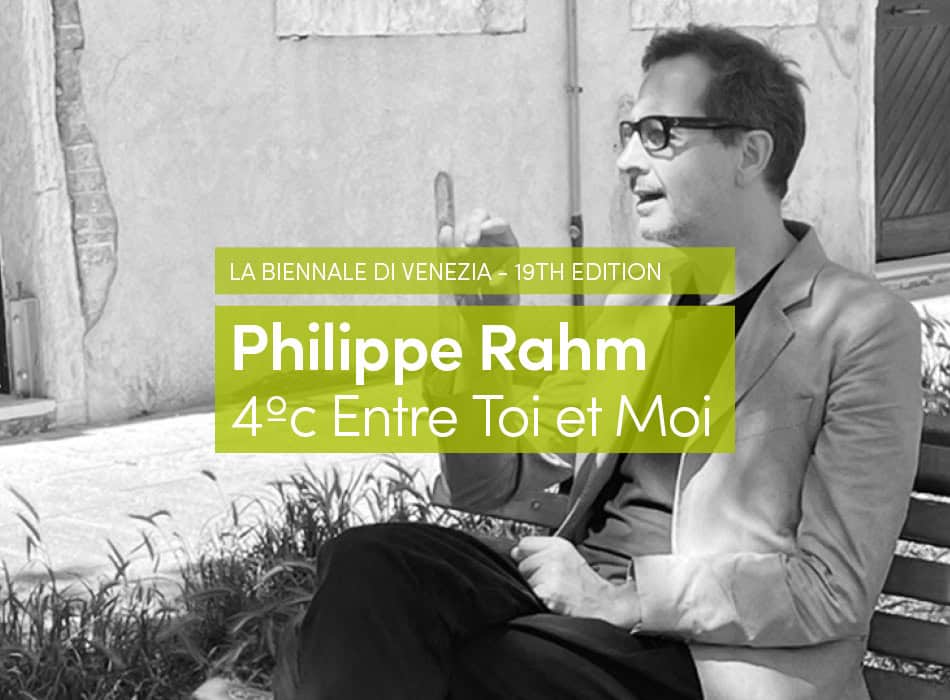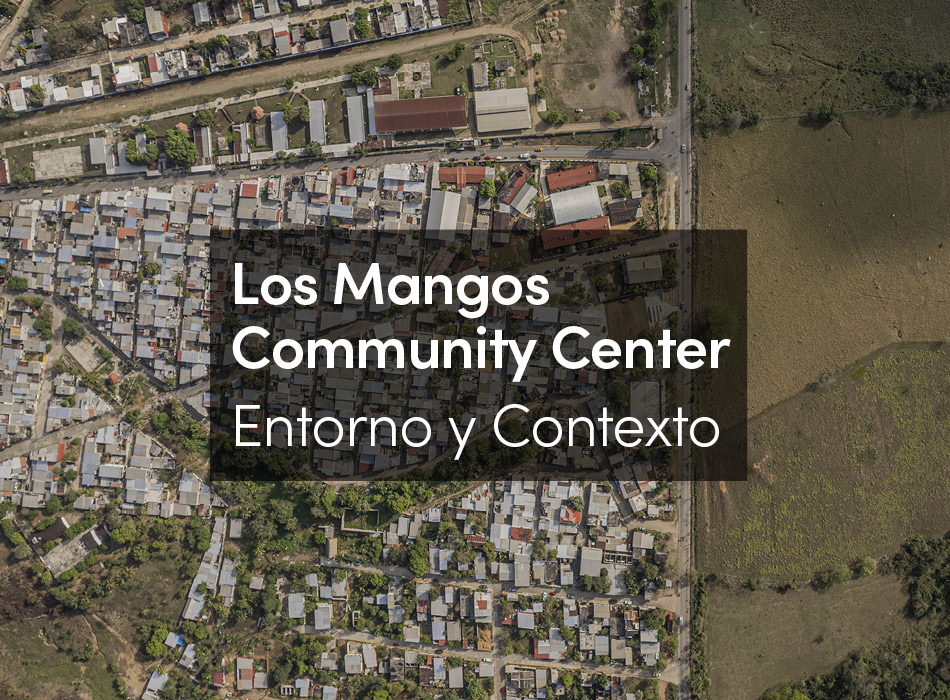“The first law of ecology: everything is related to everything else.” [1] Barry Commoner
In 2013, the United Nations reported that world measurements of atmospheric carbon dioxide had reached 400 parts per million (ppm), well above the safety limit set at 350 ppm by scientific consensus. [2] More alarmingly, by continuing the use of outdated technologies the developed world is actively accelerating the total amount of CO2 pumped into the air each year. If we also consider expanding populations and regional conflicts over dwindling reserves, [3] it becomes clear that environmental problems identified as far back as the 1950s will likely become more difficult to endure in the near term. Despite these facts and the hopeful developments of the Paris Climate Agreement (COP21), active denial of human-induced climate change continues to be a serious problem. Provincial politics and shortsighted economic policies are dramatically slowing the progress that our society must make in order to avert a catastrophe.
Deformed world map by Duncan Clark and Robin Houston showing the United States, India, and China as the largest producers of planet-warming CO2.
Most scientists agree that many extreme weather events, like recent coastal cyclones, are the direct result of industrial activity. Some even suggest that climate change is already taking place in less exposed midland regions, such as the Great Lakes. In 2008 Tropical Storm Lowell and remnants of Hurricane Ike passed through Wisconsin and Illinois, forcing the Fox River to overflow its banks. A famous causality of the deluge was Mies van der Rohe’s iconic Farnsworth House, constructed in 1951 for a wealthy Chicago nephrologist. Although Mies designed his pristine steel and glass box to survive periodic flooding, unprecedented rainfall this time caused the river to surge well above the building’s elevated interior. The half-submerged project is of course both a cautionary tale and an epigram of the dangers inherent in unregulated growth. Poor land-use policies in the surrounding county likely increased the amount of water flowing into the site. The near destruction of the house is also a sign of the long-term failures of 20th-century Modernism. Mies’s drowning “duck,” [4] a bi-product of rampant industrialization with its crude and often poisonous technologies, suggests that architecture itself can both represent and contribute to the conditions of its own demise.
Mies van der Rohe’s flooded Farnsworth House, the ultimate in levitating architecture realized at the expense of its usefulness.
Toxic pollution, sea-level rise, species extinction and desertification, all seem to be the grim legacy of this energy-hungry aesthetic. But do the reactionary theories developed by postmodern architects like Robert Venturi fare any better? Do the appliqué signs promoted in Learning from Las Vegas provide us with any real alternatives? These might seem like odd questions to ask in an essay about global warming, but let’s consider the shortcomings of current sustainability practices and how they support a strong disconnect between style and technology. Certainly, a LEED-certified (Leadership in Energy & Environmental Design) neoclassical library by Robert Stern and a LEED-certified ultramodern academic building by Thom Mayne [5] cannot both embody holistic solutions to large-scale ecological problems much less inspire a cogent discourse on the inseparable relationship between tectonics, ecology, and expression? Is the library more relevant because people can relate to its familiar imagery? Should new guidelines remain flexible enough to encourage variety and experimentation? And if so, what paradigm of sustainability is being showcased in contemporary structures that depend so heavily on ideas derived from earlier discourses like Deconstructivism and the Neo-Baroque, for which climate change and sea level rise were simply not driving concerns? While we prefer the bold aesthetics of Mayne’s project, neither architect was able to implement viable ecological protocols in truly comprehensive ways. A relevant architecture should not only be functionally green, but its formal, conceptual and material properties must also constitute a novel and tightly integrated whole, one that can relate to the larger world around it. Technique and form must be considered together, especially in buildings that serve shifting social, environmental, and global needs.
Updated version of Robert Venturi’s diagram for a monument.
The Gobi Desert encroaching on a Chinese farming village.
Complexity and Conservation
We like complexity and conservation in architecture, art, and urban design. We do not like over-articulation, retrofitted classicism, and the ad-hoc. Nor do we like the “precious intricacies” [6] of Neo-Expressionism or the Bio-Picturesque. Instead, we want to confront pressing ecological problems by inspiring the production of a rich, integrated and holistic art. We seek a complexity achieved through efficient means and minimal energy inputs. We prefer complexity without excess or waste. Today, the need to address constantly changing functions and widespread environmental destruction, even in a single building, has reached unimaginable levels of urgency. [7]
Geodesic domes embody a workable synergy between structure and form, but both their parts and wholes consist of simple primitives.
In opposition to the design methodologies of Buckminster Fuller, whose principle of synergy led to the creation of simple platonic structures such as domes and spheres, we are interested in the connection between variation and thrift, in the ability to do a lot more with sustainable materials and processes that simply did not exist in Fuller’s day. A geodesic house made of standardized aluminum parts is never going to be complex or green enough. As a limited-use prototype, it has a hard time accommodating heterogeneous programs and adapting itself to increasingly challenging environmental pressures. Frank Gehry’s Disney Concert Hall in Los Angeles and his Bilbao Museum in Basque, Spain are not viable models either. The informal, curvilinear massing of these buildings requires excessive amounts of steel to hold their shape. A better example for the future and one that escapes both inefficiency and over simplification can be found in composite windmill blades and boat hulls. Assembled using advanced robotic technologies and ultra-light, high-strength materials like fiber-reinforced plastics, these structures perfectly balance increased strength and surface complexity with the need to conserve resources.
If culture is to grow in a positive direction, it must produce higher, more integrated forms of innovation with greater economy and less waste. Architects (and developers) also need to recognize that the effects of their work are felt well beyond the borders of a typical building site. By definition, ecology involves the study and holistic understanding of interconnected systems that are not limited to a small set of isolated problems. Design must reach into the upper limits of our atmosphere all the way down to the deepest regions of nanoscopic space. By comparison, the main objective of today’s sustainability movement has been the improvement of existing practices through numerous bland upgrades including passive cooling, low-flush toilets, and green roofs. The primary result has been uniform conventions, not organic assemblies. We consider such standards to be myopic. How can the broader design disciplines support cutting edge work that responds intelligently to difficult environmental challenges? How can architects, engineers, urban planners, artists, and designers create stimulating, new, and rigorous works that improve the health and quality of global space? For this to happen our culture must learn from past mistakes and strike a dynamic balance between art, nature, and technology.
The formal complexity of Frank Gehry’s Disney Concert Hall necessitates the use of excessive amounts of steel.
Our thesis is therefore both global and performative in scope. We want an architecture that is more than just a constellation of digitally generated surface effects and conventional materials. We want a holistic architecture that uses the best techniques to connect directly with existing natural systems while creating a renewed ecology that can sustain itself well into the future. Along these lines, many of the projects featured in this book simply abandon the old tropes and construction processes of the past by creating numerous green alternatives that proliferate along unexpected pathways.
Composite structures such as this duckbill-shaped windmill blade employ strong, ultra-light materials to produce integrated forms of complexity with less waste.
Both current and emerging technologies of representation can help us realize these goals. New mapping, sensing, and computer simulation techniques, for example, allow us to more accurately measure and predict the behavior of large and small systems. They offer new ways in which humans can steer complexity in directions that benefit all life. Consider, for example, how the active scanning systems used in driverless cars may increase our real-time situational awareness of urban and sub-urban sites. Linking high-resolution data sets with novel analysis and production tools will help us better understand our world.
XXL-XS
The disasters at Chernobyl and Fukushima demonstrated the far-reaching influence of local industry on worldwide environmental health. Effects of scale move constantly between the infinitesimal and the colossal. Globalization operates on many levels simultaneously. Its very nature implies incommensurable shifts in size, in which fixed and discretized phenomena lose their significance. As demonstrated in The Powers of Ten, written and produced by Charles and Ray Eames, scale is conveniently defined by discrete, numerically determined frames. The point of the film was to bridge different dimensions. Unfortunately, many interpret it as proof that uniform subdivisions of space are universal and real when in fact they are merely arbitrary. Although framing can help us understand the world, nothing in reality is isolated; at any particular moment things can blur and spill across boundaries.
High-performance computer simulation of temperature flows in the Atlantic Ocean.
The color theories of Isaac Newton and Wolfgang von Goethe, published more than a century apart, provide another instructive comparison. In his famous work on optics, Newton described color mathematically, in terms of absolute, numerically defined wavelengths and frequencies. In contrast, Goethe’s Theory of Colors, written in 1810, pioneered a comprehensive theory of human vision, which described visual perception in relative terms. Goethe showed that no color could be reduced to a single, self-contained essence disengaged from its context. In other words, the experience of a particular shade of blue changes when it is seen next to red or yellow. This idea more clearly illustrates our thesis. The problem with design professionals today is that their thinking is Newtonian. Scale can be viewed in single, isolated snapshots, but it is best understood holistically, in a smooth space of interdependent values.
Dirty, dangerous and difficult jobs can now be automated with co-robotic technologies that work alongside humans to do more work in less time.
Victimless materials such as this lab-grown hamburger are the precursors of genetically engineered products that may someday form self-healing skins for living buildings.
Rem Koolhaas and Bruce Mau also emphasize the importance of size in S,M,L,XL, but their range is unnecessarily restricted. As a collection, the essays and projects in XXL-XS go well beyond Koolhaas and Mau and span a continuum from the extra, extra large to the extra small. Within this scaled framework, projects are grouped together into three primary phase states – solid, liquid, gas – and their associated terrestrial, aquatic, and atmospheric sites. (The book’s contents form a circle, beginning and ending with two air-based projects.)
Nano-scaled motors built from carefully assembled molecular components.
XXL-XS represents the emerging discipline of global design by assembling a wide range of innovators with diverse interests. Geo-engineering, [8] construction-site co-robotics, low-energy fabrication, up-cycling waste, minimally invasive design, biomaterials, and molecular self-assembly are just a few of the important advances explored in the book. At one extreme are massive public works, at the other, micro to nano-sized interventions that can have equally profound impacts on our world. From terraforming to bio-manufacturing, a whole new generation of designers is proposing unique ways of confronting the difficult challenges ahead. In this way design becomes a totality of relationships that affects all disciplines, which can no longer be thought of as self-contained fields, each handled separately by narrowly focused specialists. Globalization demands a restructuring of the profession as we know it. This requires a new breed of generalists who can work across fields and engage research on multiple sites around the globe. Today we need planetary designers versed in the art of integral design.






























